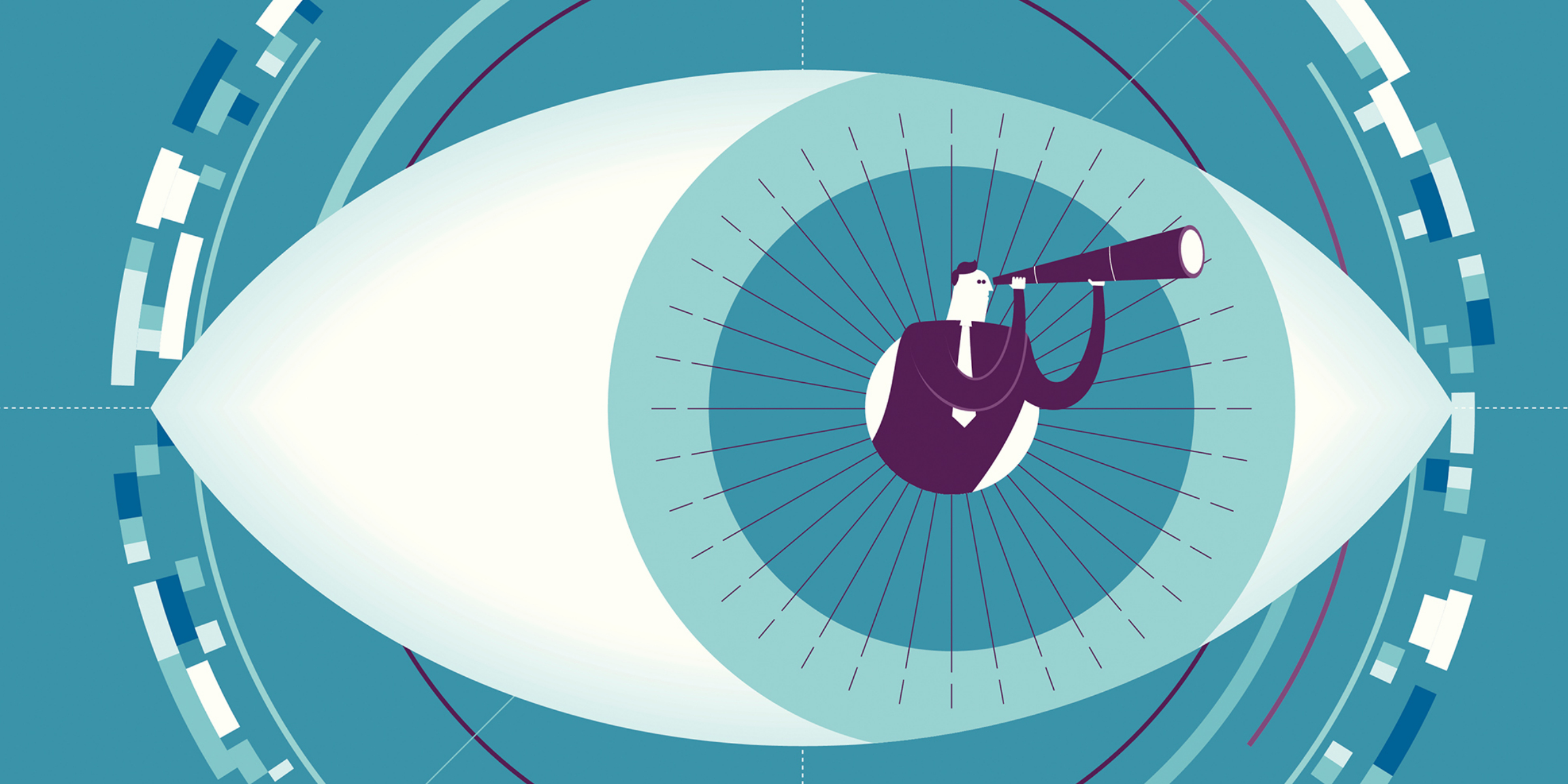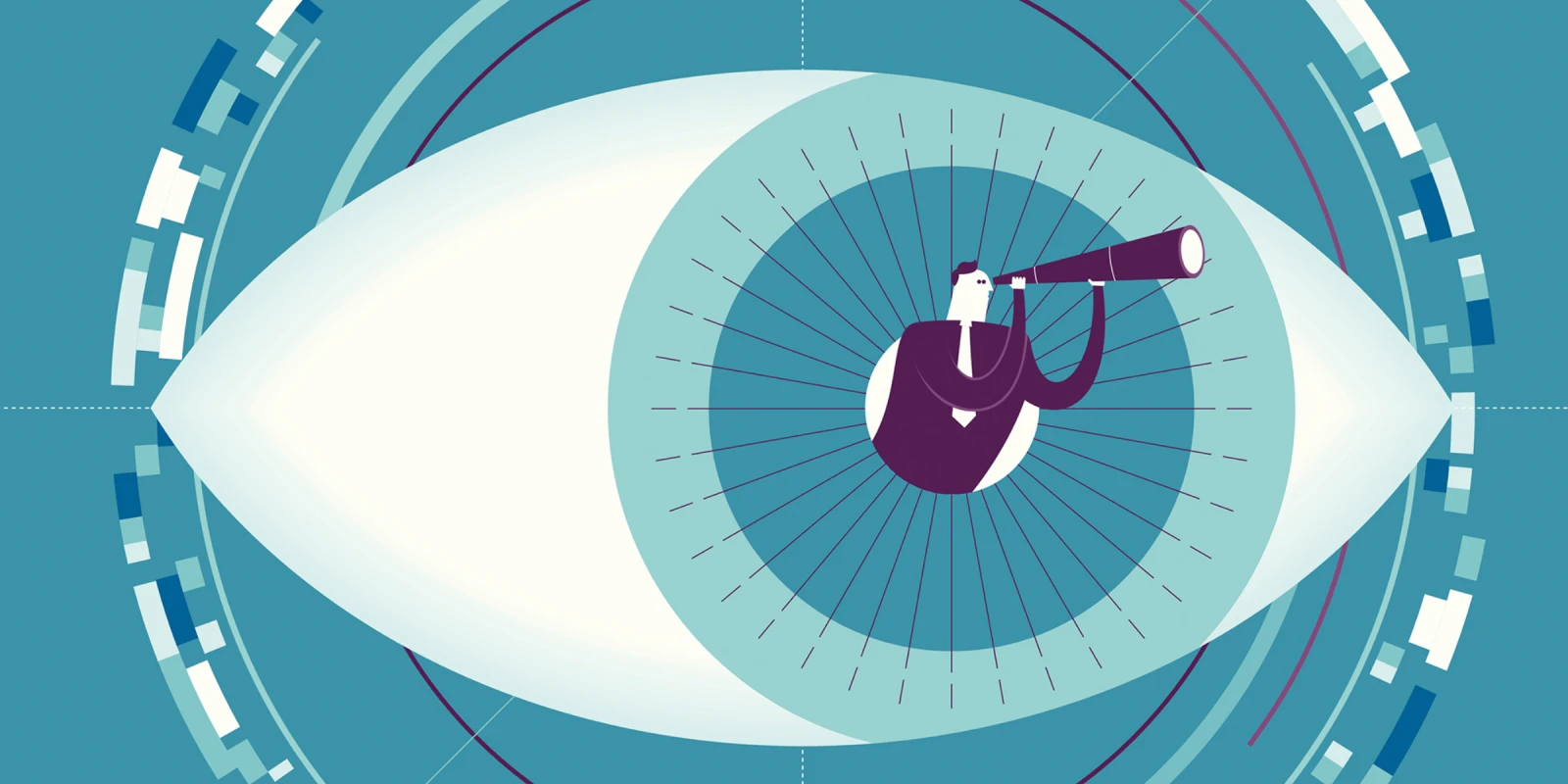
Between ASRS, San Diego Comic-Con, and MLB all kicking off virtually recently, there was something for everyone — nerds, geeks, and jocks alike — to watch amidst the pandemic lockdown. Before COVID-19, retina specialists had always been overwhelmed by the mind-boggling array of conferences – ASRS, Retina Society, Macula Society, Vit-Buckle Society, Euretina, Vail Vitrectomy, Club Jules Gonin, and Retina World Congress, to name a few. These meetings distinguish themselves in different ways. Macula Society focuses on medical retina, while Vail Vitrectomy is more surgically-focused. VBS caters to younger members, while others are tailored to more established experts. Some meetings are so exclusive that few even know of their existence, while ASRS embraces inclusivity and has striven to maintain a large membership. But in a time when social-distancing is the norm, how does ASRS handle a meeting of this magnitude online, while maintaining some level of excitement and engagement?
This year, ASRS’s inaugural virtual meeting tackled this dilemma by making the conference free to attend, shortening it to just three half-days, posting all the recorded talks and posters online, and focusing the live session on key points and discussions with moderators. Personally, I liked this aspect of the format, as it forced the presenters to focus on 1 or 2 key slides, which felt very efficient to me. As a surgeon, efficiency is great. It also prohibited overzealous speakers from blasting through 100 slides, giving me little time to digest any of the material and wasting valuable discussion time, which is much more engaging. The virtual meeting system was unforgiving, cutting off some moderators in the middle of their concluding remarks, but it also kept everyone on time. However, this new format also gave me an excuse to skip many of the actual recorded talks altogether, which I’m sure provided many details and nuances that are lost within the time crunch of the quick-fire live sessions. A small box below the live stream video enabled participants to post questions, but there was no live chat, which made it difficult for me to feel engaged when I couldn’t see or hear audience reactions, or even tell how many people were logged on. With the time restrictions, few moderators addressed live audience questions, and the one-on-one Q&A format felt scripted and inorganic. I wonder how this year’s attendance compared to prior years, although the number of log-ins do not guarantee active participation. For me, having a 4-year-old hammering at my door to find a missing Lego piece definitely kept my level of engagement less than satisfactory. The timing of the event was also tricky, as it meant that cameras were rolling by 7 a.m. for those of us on the West Coast, and probably at some ungodly hour in Asia. I’m also suspicious about attendance numbers at the Virtual Exhibition Hall or Satellite Symposia without the usual wining, dining, and fanfare of typical industry events.
I attended much of the diabetic retinopathy (DR) sessions on Saturday morning, where major themes included the use of anti-VEGF for DR, importance of DR monitoring, and rise of artificial intelligence (AI). Nathan Steinle and Lloyd Clark reiterated the effective use of aflibercept for improving DR severity in the PANORAMA study, while Caesar Luo noted that even the intraocular steroids seemed to reduce DR severity in the FAME study comparing fluocinolone implants with anti-VEGF therapy, consistent with similar reports by Charlie Wykoff. It remains unclear, however, if reducing DR severity on fundus appearance provides only a veneer of disease management, or if anti-VEGF therapies actually contribute to reducing end-stage complications and long-term vision loss. The needs for regular injections and close follow-up are particularly challenging in the age of COVID-19, when loss-to-follow-up rates are likely to rise. Most of the presenters agreed that panretinal photocoagulation remains an important modality in the retinal specialists’ arsenal. Ehsan Rahimy emphasized the importance of DR screening by reviewing rates of DR progression using the Vestrum database, and was supported by work by Bobeck Modjtahedi, who found DR severity as an independent risk factor of all-cause mortality in the Kaiser Permanente network. These studies illustrate the growing trend for big-data analyses from EHR systems, and support the concept that “data is the new oil.” The statistical strength of these studies and potential benefit to patients are undisputed, although the privatization and monetization of patient data remain areas of controversy. Jennifer Lim evaluated the performance of the EyeArt system for detecting referable DR, and found that the AI platform surpassed human graders by a wide margin, with a sensitivity of 96% compared to 60% for retinal specialists and an abysmal 21% for general ophthalmologist (!). These data are in line with other studies showing that human graders often under-call DR severity, and confirm my fears that robots are ready to take over the world. The session connected well with the Socioeconomic/Practice Management symposium that followed, where Jenny Sun discussed the cost savings of careful observation over early intervention for diabetic macular edema with good visual acuity based on the DRCR protocol V results.
Since the beginning of the pandemic, I had wondered if taking conferences online could actually improve attendance. Certainly, by eliminating registration fees, the frustrations of air travel, and impact on clinical time, one would expect meeting attendance to soar. Yet, while I appreciated the ease of rolling out of bed in pajamas, I felt that the virtual meeting desperately lacked the excitement and engagement of a live meeting. The ASRS meeting format successfully addressed many of the challenges of a large online gathering by minimizing costs and time, and focusing on key points and short discussions. But while I still learned my fair share from the speakers, the time crunch and limited audience engagement made for a somewhat hurried and unsatisfying experience. I missed hearing participant reactions, or whispering to my neighbor about an interesting or controversial topic presented at the podium. I missed catching up with colleagues, mentors, and trainees over meals, or visiting booths to engage with industry partners. I missed almost not making it to the bathroom because I keep running into people I knew whom I had not spoken to in months. My sentiment begs the questions: How much of a conference depends on the actual scientific content versus the meeting format, the traveling, the networking — the human connection? Would Comic-Con be the same if it were just about comics, without the cosplay? I grumble at the repeated mention of things as “the new normal.” Because if virtual meetings are the new normal, we have a long way to go before we restore the engagement of the retina community.







